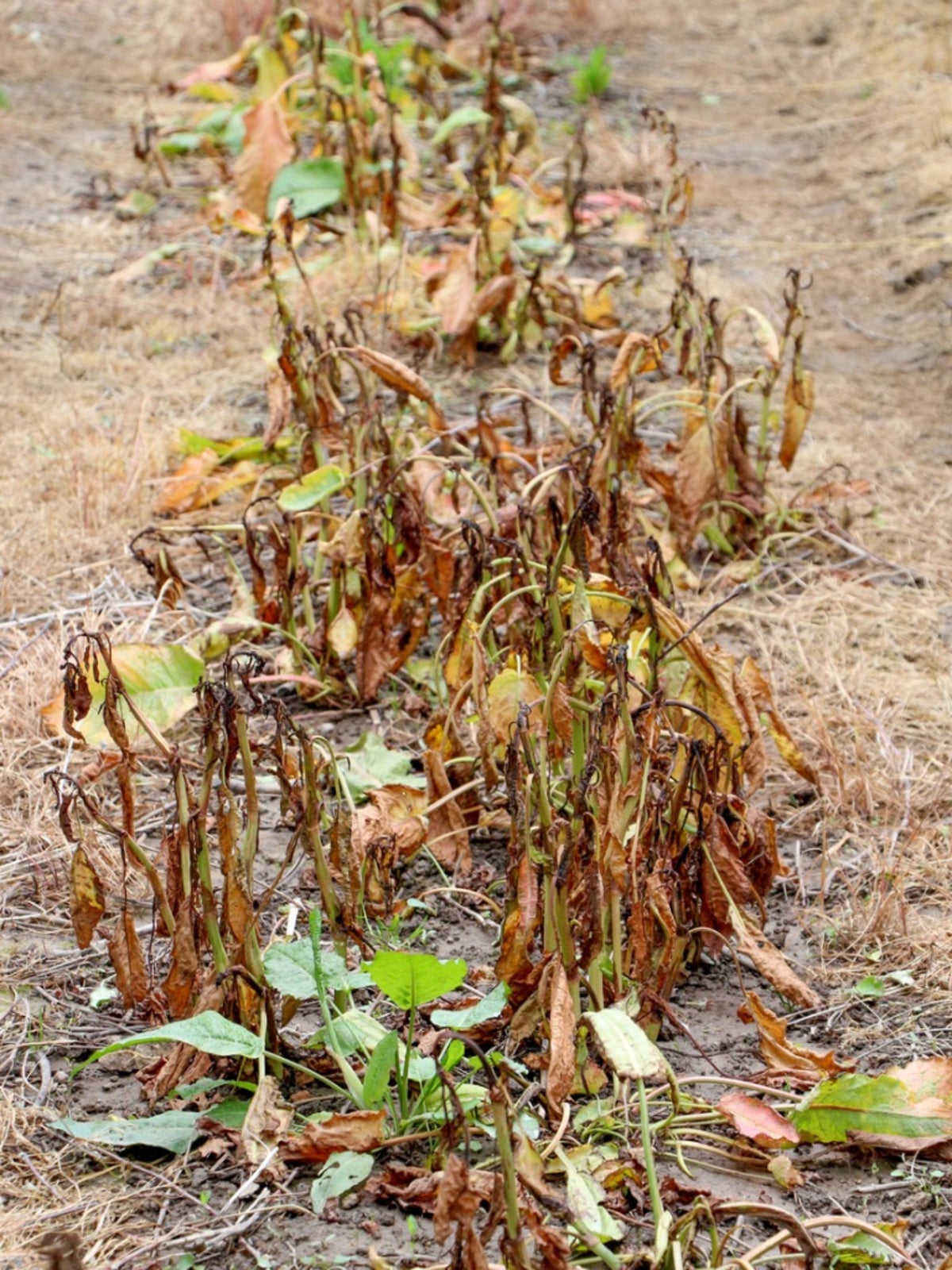Herbicide Plant Damage: How To Treat Plants Accidentally Sprayed With Herbicide


Herbicide plant damage can arise in a variety of forms. It is usually the result of unintentional contact with chemicals from spray drift or contact with vapor. Recognizing accidental herbicide injury may be difficult as the symptoms can mimic other plant conditions. Know the classic signs and learn how to treat plants accidentally sprayed with herbicide.
Accidental Herbicide Injury
The type of injury can be determined by the time symptoms begin to show. Problems that appear right after new plants begin to germinate are often the result of carry-over from previous applications, high rates of application, shallow planting, and even poor timing. Herbicide plant damage that appears on mature plants may be due to drift, misapplication, high temperatures or humidity, incorrect treatment, and tank contamination. The home gardener will usually notice accidental herbicide injury on mature plants due to misapplication and timing.
Symptoms of Herbicide Injuries
The signs of injury will depend on the type of herbicide which contacted the plant. Post-emergence broadleaf herbicides are responsible for most injuries. These result in twisted leaves, cupped foliage, narrower new leaves, and roots that appear on the surface in annual plants. On ornamental grasses, these products cause yellowing and die back. Pre-emergence controls are not as dangerous and herbicides that are applied systemically rarely result in problems unless they are over-applied. The exceptions are herbicides that have amine salt, which allows the chemical to liquefy and travel more easily through soil. Non-selective herbicides will cause accidental herbicide injury in many instances and these controls must be applied according to directions and with caution. Symptoms of herbicide injuries from these products include yellowing in leaves, die back, and general ill health in plants that might have been exposed. In some cases, fixing herbicide spray drift is possible if it is caught early enough.
How to Treat Plants Accidentally Sprayed with Herbicide
Contact non-selective herbicide injury is usually most evident in the leaves. A foliar method is used for application, which increases chances of drift. Plants accidentally exposed should have affected leaves pruned off to prevent the spread of the herbicide deep into the plant. It may also help to water the plant thoroughly to dilute the chemicals. If left untreated, the plant will eventually die. Plants exposed to other chemical formulas may survive if you give them superior care for the next year. Keep the plant watered properly, fertilize in spring, and prevent competition from weeds. If no other factors, such as disease or insects, are affecting your plant, then your leafy friend may outlive you.
Gardening tips, videos, info and more delivered right to your inbox!
Sign up for the Gardening Know How newsletter today and receive a free copy of our e-book "How to Grow Delicious Tomatoes".

Bonnie Grant is a professional landscaper with a Certification in Urban Gardening. She has been gardening and writing for 15 years. A former professional chef, she has a passion for edible landscaping.
-
 4 Superfast Composting Methods: Turn Waste Into Garden Gold In 30 Days Or Less
4 Superfast Composting Methods: Turn Waste Into Garden Gold In 30 Days Or LessTry the fastest composting methods to turbocharge your pile and transform kitchen scraps and garden waste into finished compost in just a few weeks.
By Mary Ellen Ellis
-
 Best Spider Plant Soil – Complete Soil Guide And Expert Tips For Keeping Plants Happy
Best Spider Plant Soil – Complete Soil Guide And Expert Tips For Keeping Plants HappySpider plants are fun and easy plants to grow, but what is the best soil for a spider plant? Selecting the right soil is important so they can thrive.
By Bonnie L. Grant